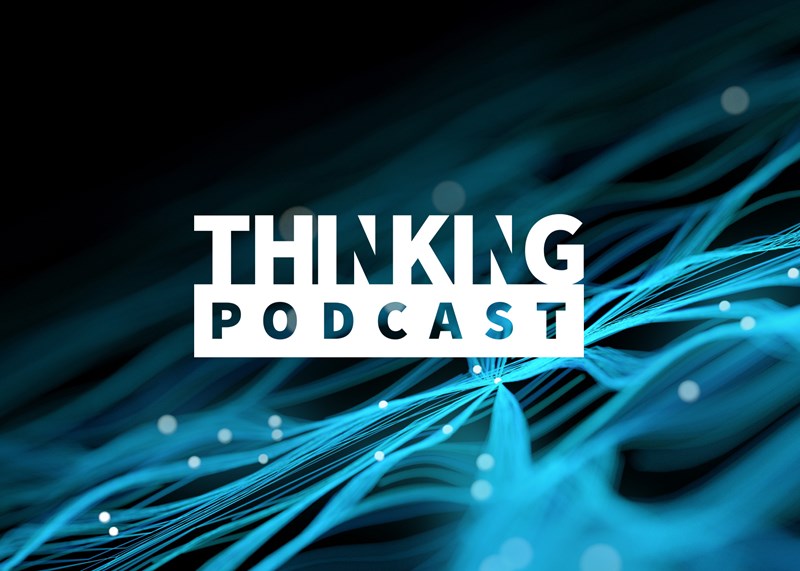Generative artificial intelligence (GenAI) is rapidly evolving, transforming how enterprises approach technology. From addressing adoption barriers to understanding the broader implications of AI-driven energy consumption, the conversation surrounding AI’s next chapter is critical to unlocking its full potential. In our fourth installment of Navigating the AI Boom, we explore the potential opportunities regarding enterprise AI adoption and its impact across industries.
Understanding Agentic AI
The enterprise software and automation world has quickly pivoted away from copilots as the best way to consume GenAI and has moved rapidly toward AI agents. While both copilots and AI agents are powered by large language models (LLMs), the two have significant differences. First, copilots serve as aids to help humans do their jobs or complete a task. A human prompts the copilot for what they need help with, and only then does AI get involved. AI agents, on the other hand, operate largely autonomously and independently of human interaction. They’re designed with a specific goal in mind and take action to achieve that goal. Some examples of AI agents range from customer service help desks to energy systems or even self-driving cars. The ability of AI agents to act more autonomously and remove humans from a process is the key reason we expect agentic AI to drive material AI adoption in the near future. Our analysts also expect agentic AI to be a major catalyst for enterprise AI adoption, as AI agents are more autonomous than copilots, operate without human interaction, and can solve complex, multistep problems.
What Are the Main Barriers to GenAI Adoption?
On the buyer side, most challenges revolve around getting their internal house in order before tackling this new tech paradigm. This includes finding budgets for new tech spending, investing in data readiness, finding capacity for change management, and more. On the vendor side, the issue primarily relates to the technology’s immaturity. After all, it has only been two years since GenAI came onto the scene. Tech vendors have had to rapidly deploy new solutions that incorporate the technology, make it accurate, and develop a solution that actually delivers value to customers. With time, development, guardrails, and increasing familiarity, our analysts believe current barriers for GenAI adoption will get knocked down over the coming years, just as they did for the cloud in the 2010s, driving a decade-plus of strong adoption that is still ongoing.
The GenAI Buildout Bottlenecks
Demand for data centers has been building for the past 20 years, as more and more business processes are digitized. Until recently, this demand was manageable. The advent of LLMs and an “electrifying everything” approach to climate change are weakening an increasingly fragile and outdated power grid. In a 2024 report, The Power Behind Artificial Intelligence, our analysts explored the opportunities and limitations of AI and determined that energy will be the ultimate arbiter of growth. We estimate AI could cause U.S. data center electricity demand to increase up to 15% growth annually, consuming 500 TWh (terawatt-hours) of electricity by 2030 and accounting for 9% of total U.S. electricity consumption in that year. 500 TWH is a large amount of energy consumed, roughly equivalent to the annual electricity consumption of a large country. It's important to understand AI’s role in data center growth and energy demand because LLMs used in services like ChatGPT require much more energy than a traditional web search. The bigger bottlenecks in AI adoption are occurring in non-tech areas, like energy generation, storage, and distribution. These are critical for the brick-and-mortar data centers needed to support the massive GPU clusters that LLM providers are deploying.



